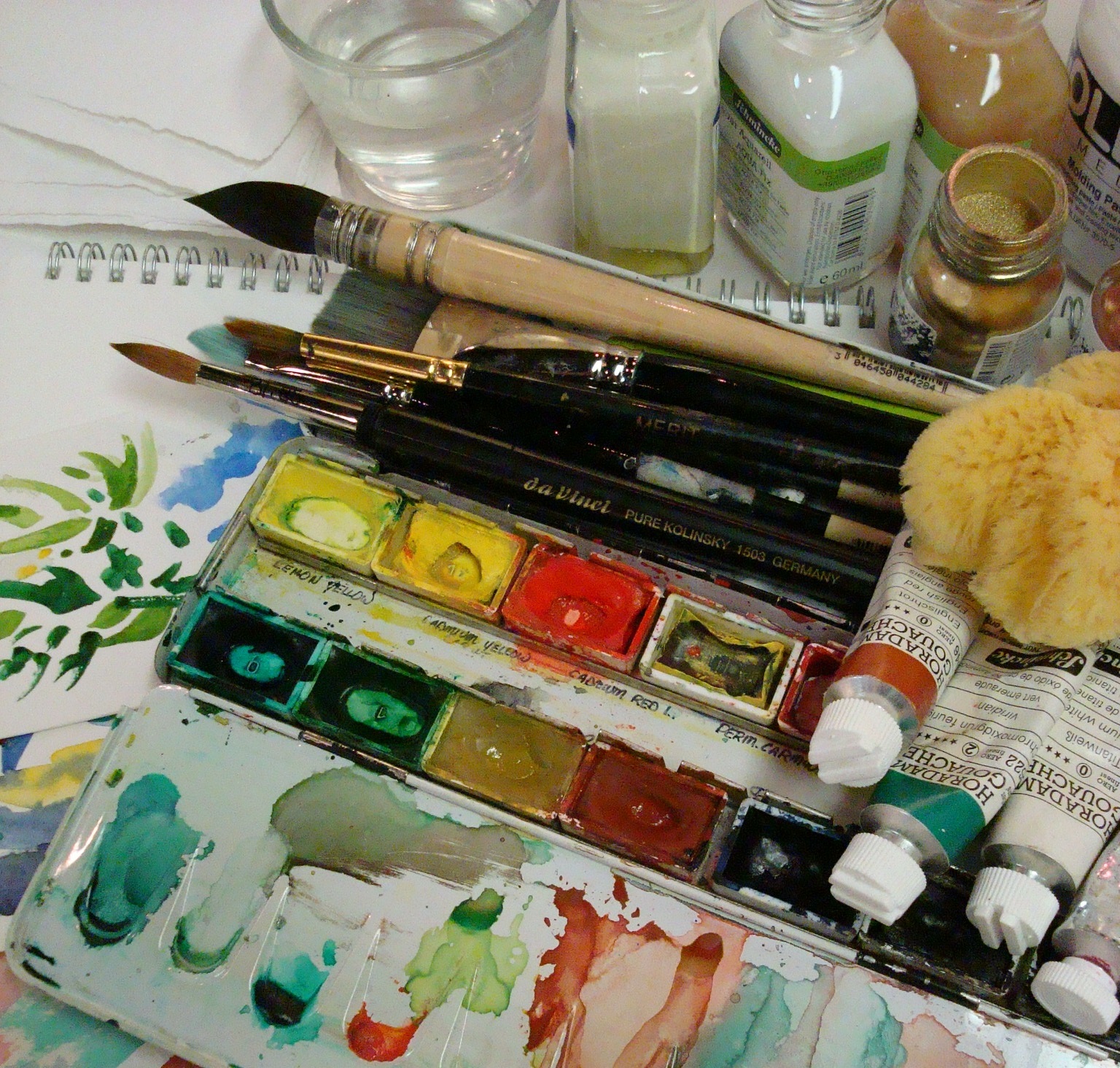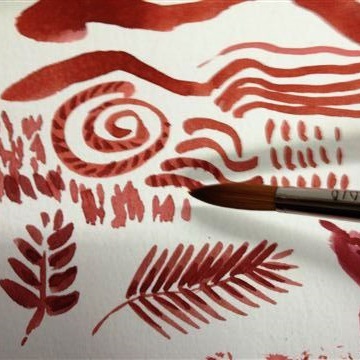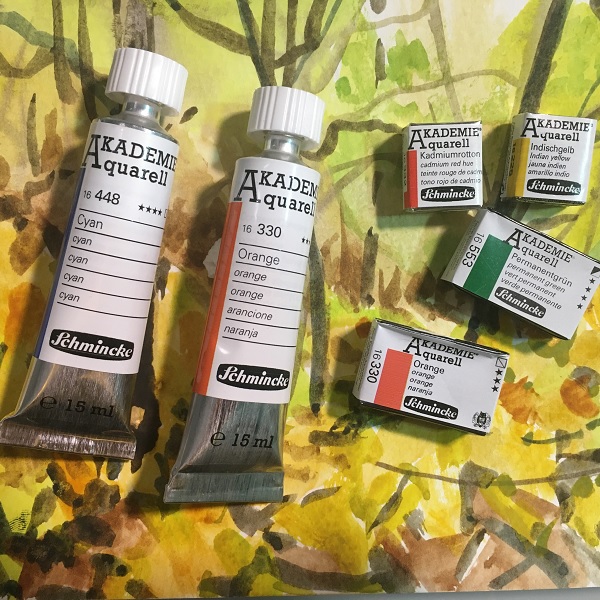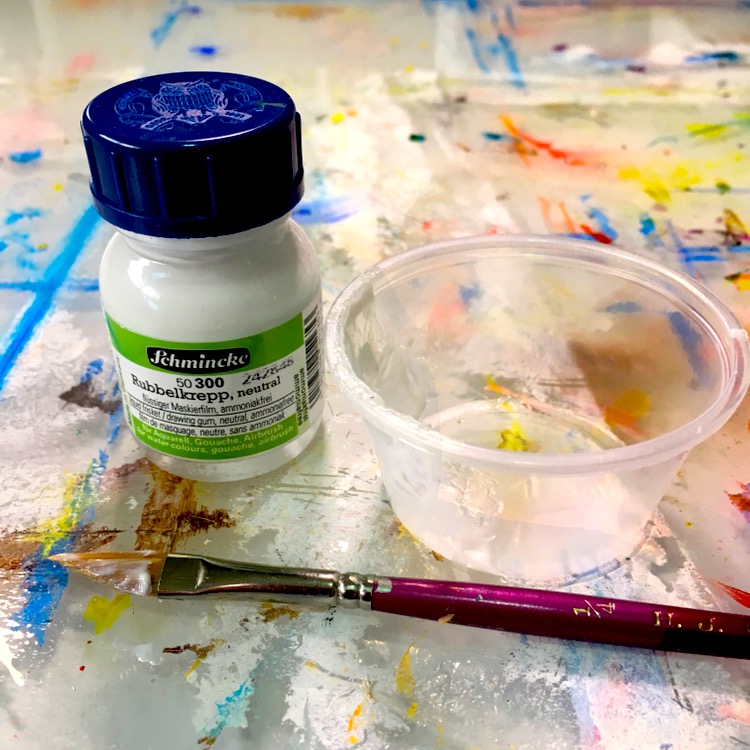Categories
Watercolour Painting Tips
-

Varnish a Watercolour
Imagine if you could varnish a watercolour like an acrylic or oil painting and frame it without a mat or glass. The appeal is great — no more glare, no more cracked or broken glass, lighter to transport, and easier to store. The good news: There are now a number of new products to help […]
-

Watercolour Paint: An Introduction
The best reason to choose any painting medium is that you have an affinity for it: you have seen it at work, admire it, and want to use it. 1. Why choose watercolour paint? Watercolour is the one to choose if you want easily mixed, easily applied colour, simplicity of preparation and luminous results. If […]
-

Watercolour Brushes – How to Choose
Most brushes comprise of a handle, usually wooden; a ferrule, usually metal; and hair: natural animal hair, synthetic ‘hair’, or a blend of the two. Watercolour brushes are designed to suit watercolour, not oil or acrylic paint. Brushes vary hugely in price, size, shape, and material. Brush quality varies, too, so it is wise to […]
-

Watercolour Pan Sets – Why Choose Schmincke?
In this post let’s discuss the advantages of watercolour pan sets as opposed to tubes. Watch the video above for insight into selecting the right pan set and learn practical tips for making your compact watercolour travel set. What are advantages of pans vs. tubes? Watercolour painting is one of the most popular painting techniques. […]
-

Masking Fluid for Watercolours
Masking fluid is like latex glue. It is sometimes called ‘liquid frisket.’ It is a slightly rubbery substance that can be applied to watercolour papers to preserve the white areas that are too tiny or complex to paint around. Why use liquid frisket The main reasons to use masking fluid are: to protect the white […]
